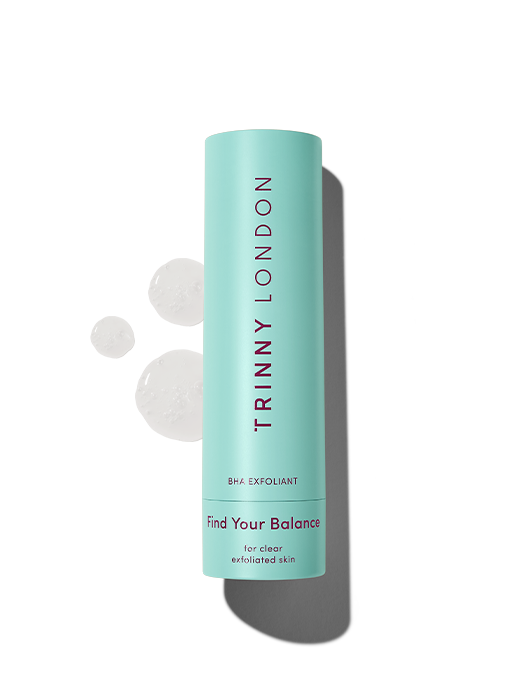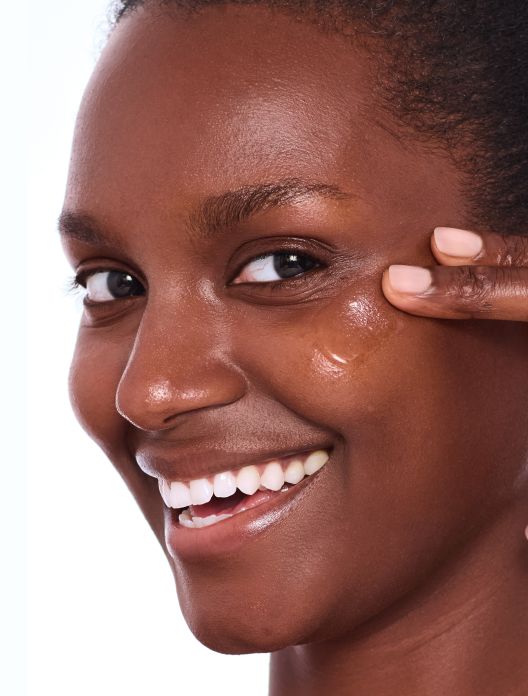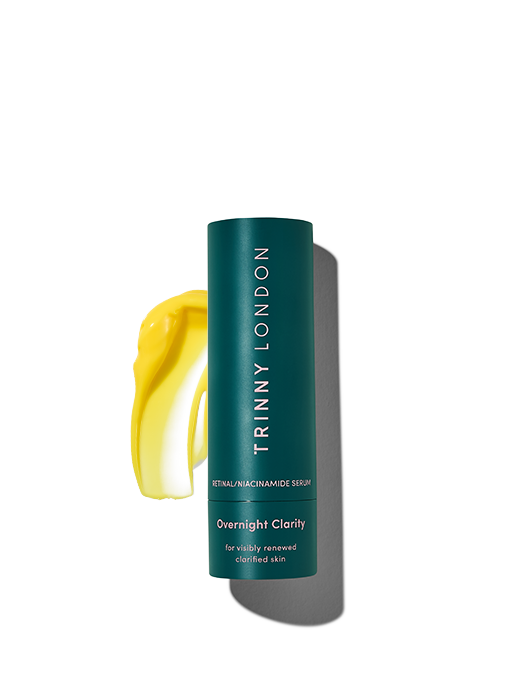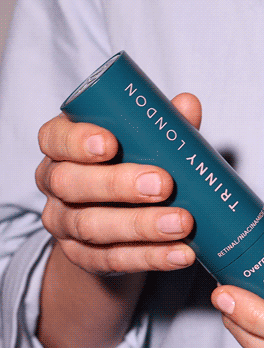

Find Your Balance
Clarifying complex to tackle blemishes
Free standard delivery on orders over $100

Enter face mapping: a technique which aims to identify the link between the location of your spots and what has caused them. It’s an ancient practice, with its roots in traditional Chinese medicine. It centres around the idea that what’s going on inside the body is reflected on the outside. So, for example, an unhappy gut might be behind the angry pimple on your forehead.
However, it’s not an exact science, and it doesn’t mean that these are the only possible causes of your breakouts. Rather, consider them pointers to guide the way you think about the causes of your spots, rather than the definitive answer to your blemish-based woes. A pimple on your forehead could just as likely be triggered by your fringe, or the errant slick of conditioner that trickled down from your hairline in the shower.
The positioning of your spots may help you to decipher the reason for their appearance:
Traditionally, spots on the forehead are considered to be a sign of an unhappy digestive system. Keep a food diary to see if there is anything in particular that might be disrupting the balance, and consider incorporating probiotics into your routine to keep your gut healthy and happy.
Breakouts in this area are also commonly linked to your hair. Heavy oil-based products can clog pores, leading to blemishes around the top of the hairline. Fringes also have a part to play too. As they sit against your forehead, they can irritate the area and transfer oils onto it. Wearing your hair tied back, especially when hitting the gym or exercising, can make a difference.
Sitting right in the middle of your T-zone, the nose is a common place to develop blemishes. There are a high number of oil-producing sebaceous glands in this area, which increases the chance of congestion. The nose is also thought to be linked to the lungs and heart, and taking good care of these vital organs will always be worthwhile. Cutting out smoking, getting enough exercise and avoiding high-cholesterol foods are all huge leaps in the right direction towards better health, and if that improves your skin too, it’s win-win.
A bullseye right in the centre of your face, zits between the eyebrows are some of the most frustrating. It is thought they are caused by a big weekend, as this area is linked to the liver. Rich, indulgent foods such as butter and cheese, as well as a few too many tipples, may be to blame.
Compared to your T-zone, there are far fewer sebaceous glands on your cheeks, making blemishes here slightly less common. In a lot of cases, spots in this area can be put down to lifestyle factors. If they’re across the outer edges of your cheeks, consider when the last time you cleaned your phone with an antibacterial wipe was. If you can’t remember, it’s definitely time to give your device a quick freshen up. Our phones harbour bacteria from our hands and environment, neither of which we want to be transferring onto our faces. Making sure you’re washing your makeup brushes and swapping your pillowcase regularly is also a good idea.
Breakouts around the chin tend to be linked to your hormones and menstrual cycle. Most people find that hormonal blemishes thrive in this area the week before and the week of their period, and retreat in between. If you’re noticing less of a pattern, it could also be down to stress.
Shop the article


Clarifying complex to tackle blemishes


Retinal/niacinamide serum for visibly smooth, even skin, suitable for all skin types
Read, watch and be inspired...